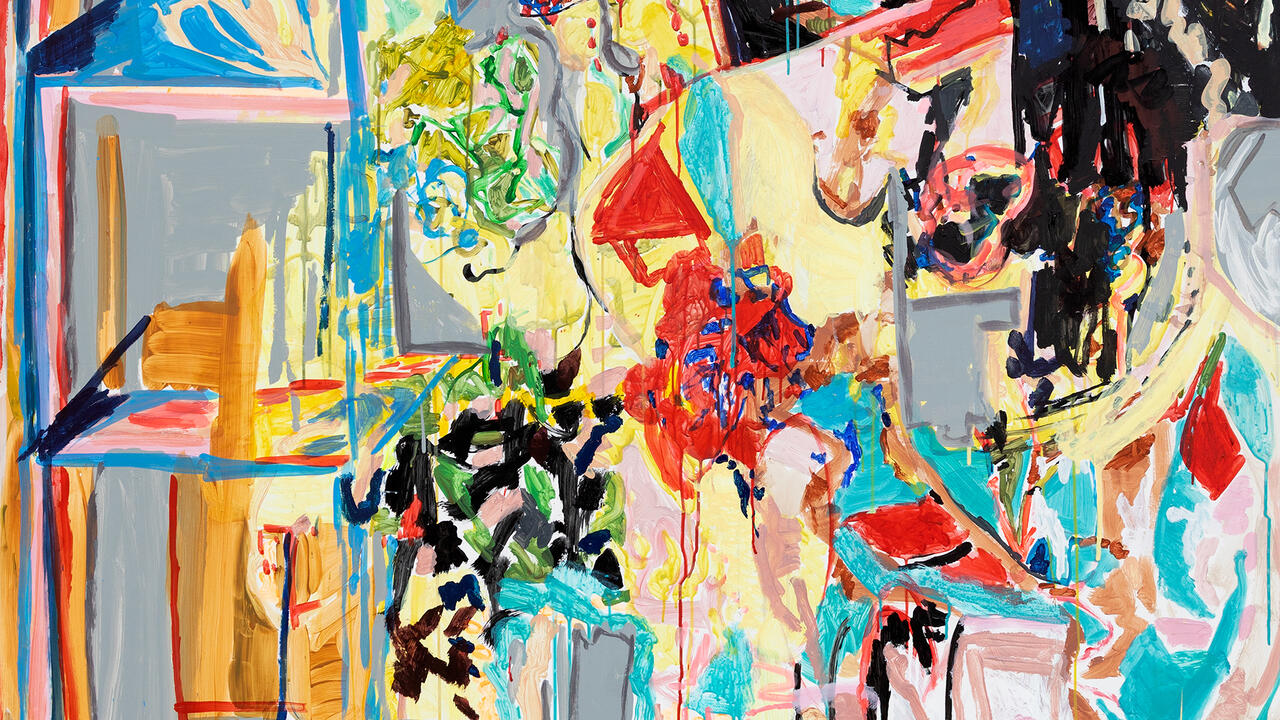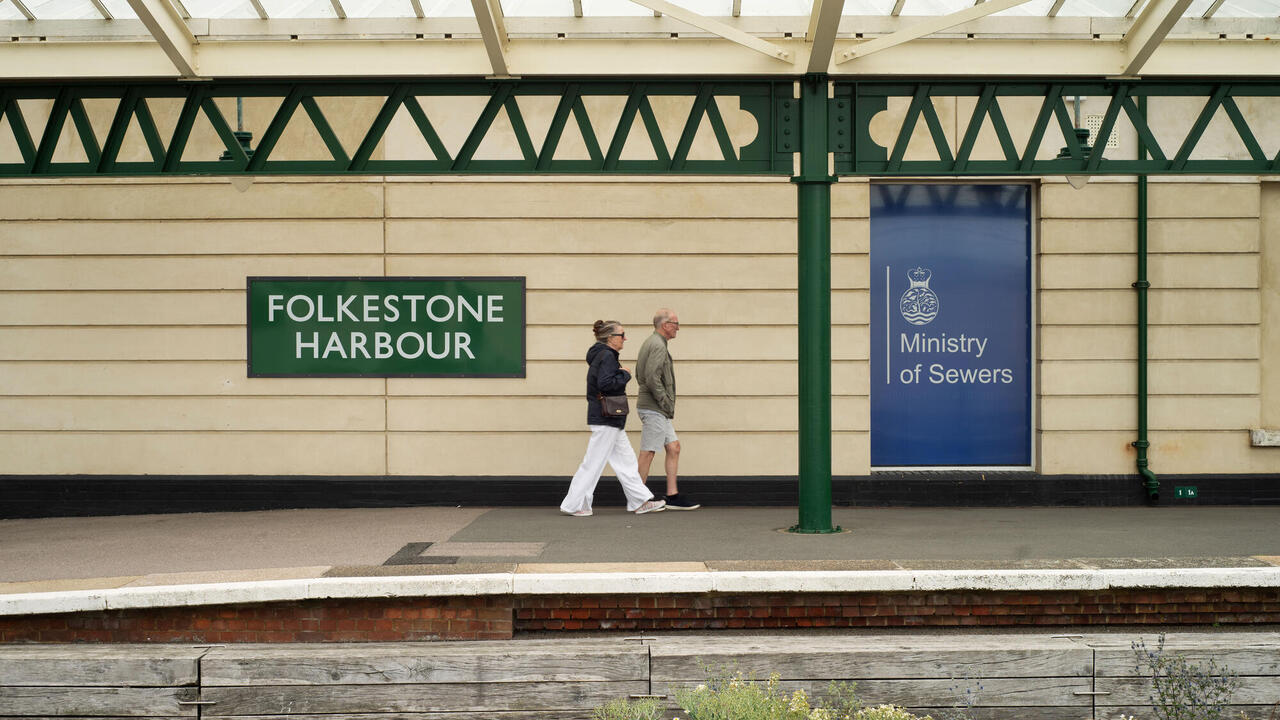Niall Macdonald
Tramway, Glasgow, UK
Tramway, Glasgow, UK

We may be in the midst of a global economic crisis, but the developed world’s appetite for objects is unabated. We want stuff in our houses, things on our shelves and, increasingly, gadgets in our hands; ten years ago, who would have imagined that there would be so much excitement every time a new phone is announced? But, as anyone will know who has listened to British Museum director Neil MacGregor’s Radio 4 series, A History of the World in 100 Objects (and Glasgow-based, Outer Hebridean artist Niall Macdonald certainly has), this isn’t an entirely new phenomenon. The key difference in the modern digital era is the speed at which an object becomes redundant; a few months out of the box and what looked like the future can’t even cut it in the present. One result of this is a kind of confused nostalgia – ‘old’ could be last month, last year, last century. Gently but assuredly, Macdonald’s exhibition ‘OPAL-LOGO PALM’ addressed this increasingly complex narrative of objectsand their histories (the title includes a deliberate misspelling of the German car manufacturer Opel). Conceived specifically for Tramway 5, a white cube space next to the venue’s main gallery, 16 ghostly white sculptural assemblages were arranged at eye level. Cast in plaster, the objects were drained of colour – a key aspect of their distinguishing cultural and physical properties smoothed over, made bland. The scale of these delicate pieces – the texture and detail of real-life objects captured through a process of silicon moulding – required you to get up close, to study them as if peering at museum pieces from some unfamiliar civilization. Ancient and recent, natural and manmade, animal and mineral – in Macdonald’s hands, form trumps function. The simple and quotidian (light switches, a spanner) are given the same weight as things so charged with meaning as a World War I medal for returning British soldiers (VICTORY ROCK PEAR, all works 2012), a Soviet-era badge commemorating endeavours in space (PIN-BADGE STICK SWITCH) or the marque of a car company (OPAL-LOGO PALM).
While brand names, logos and consumer products featured in many of the compositions, this was no Adbusters-style critique of corporate culture. Macdonald’s approach is more archaeological than activist, taking form and meaning and asking us – softly, rather politely – to make visual and cultural connections: a Kodak digital camera with pliers stuck to the lens (DIGITAL-CAMERA PLIERS); a sea urchin shell with a Giorgio Armani logo (GA URCHING); a Suzuki motorbike engine plate with a cross and pipe attached (CROSS PIPE SUZUKI). The neatness of some of these juxtapositions suggested that they were informed more by aesthetic than ideological concerns, the result of a labour-intensive process of marrying the individually cast elements. Equally, though, Macdonald is keenly aware of the messages that these different objects convey. By presenting them on a level field, as just another shape cast in plaster, his argument is that, if all objects are equal, some objects are more equal than others – however much you try to strip away what sets these things apart, meaning and history remains embedded.
Included among the many casts of everyday items, such as a perfectly formed lemon and a tube of lipstick resting on a house brick (LIPSTICK LEMON BRIC) and an electric socket, perfume bottle and spanner (PERFUME SPANNER SOCKET), were the truly ancient. CALIGULA CALCULATOR features a Roman coin stuck to a button on a pocket calculator; CREDIT-CARD PLUM AMETHYST comprises a lump of amethyst with a plum and credit card (the artist’s own) perched on top. Combined with the sculptures’ pristine whiteness, these archaeological and anthropological elements evoked an aesthetic that was part Kubrickian space odyssey, part Jonathan Ive design.
Indeed, although not directly referenced, the spectre of brands such as Apple, and our appetite for consumption in general, hung over this show. Macdonald, however, avoided any overt criticism of consumer-focused capitalism. While this lack of bite occasionally bordered on ideological blandness, what he offered instead was a more subtle, politically ambiguous approach – a whispered dialogue between objects and time.





















